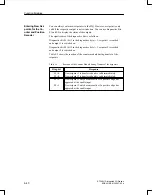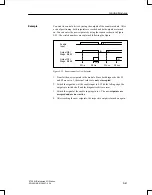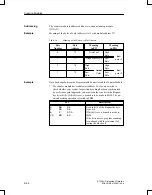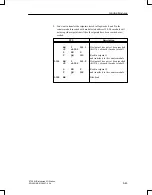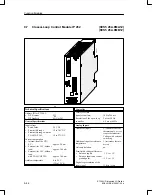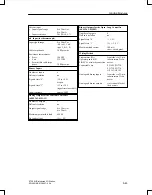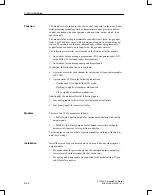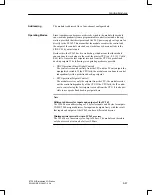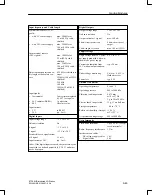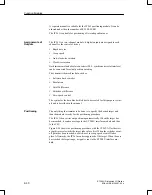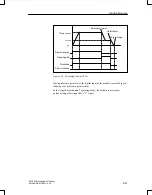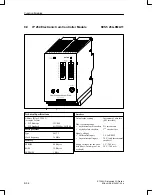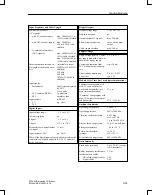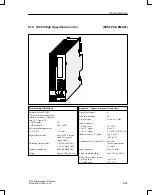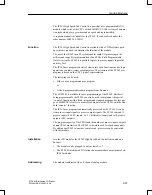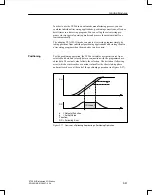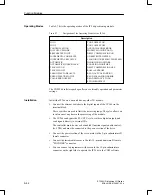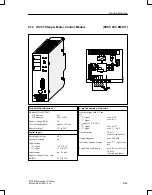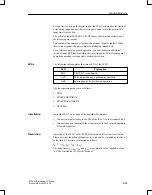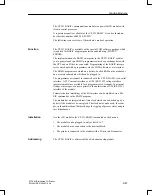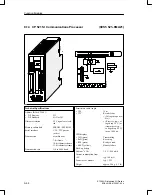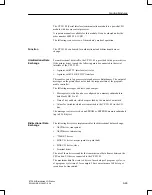
9-54
ET 200U Distributed I/O Station
EWA 4NEB 812 6087–02b
A separate manual is available for the electronic cam controller. It can be
ordered under the order number 6ES5 998–5SL11.
The IP 264 can be used both for rotary and linear axes.
The IP 264 electronic cam controller makes electronic processing of cams
economical even for applications in the lower performance range.
32 cams which can be allocated as desired to 16 tracks have a switching ac-
curacy of better than 1 degree at 2400 revolutions per minute. This corre-
sponds to a response time of less than 60
m
. For applications with low preci-
sion requirements (2 degrees at 2400 revolutions per minute ) it is even
possible to program 64 cams.
It is also possible to integrate 32 cams each into a cam program for “for-
wards” and a cam program for “backwards”. Switchover between these two
programs is carried out by automatic direction sensing of the IP 264 or it is
controlled by the SIMATIC S5.
All cams can be defined either as path–path cams or as path–time cams.
Through the speed–dependent, dynamic shift, each individual cam compen-
sates the dead time of the actuator connected (e.g., pneumatic valve) at a
scanning rate of 60
m
s. This enables the utmost accuracies to be achieved
even at changing drive speeds, without complicated adjustments of the
STEP 5 program (offset) being required.
In order to be able to pass on the short response time of the IP 264 directly to
the process, a digital output (24 V, 0.5 A) is available on the module for each
track. Generally, the units to be controlled can be connected directly. Auxil-
iary contactors are required only for actuators with a higher current consump-
tion.
The sensors to be connected can be incremental encoders, absolute SSI en-
coders (SSI = synchronous serial interface) or simple 24 V signal sensors
(e.g., BEROs). The sensor data can be looped through to further modules via
the additional sensor output, without separating the sensor cables mechani-
cally or using additional fan–out units.
Dead Time Com-
pensation
Direct Process
Connection
Function Modules

